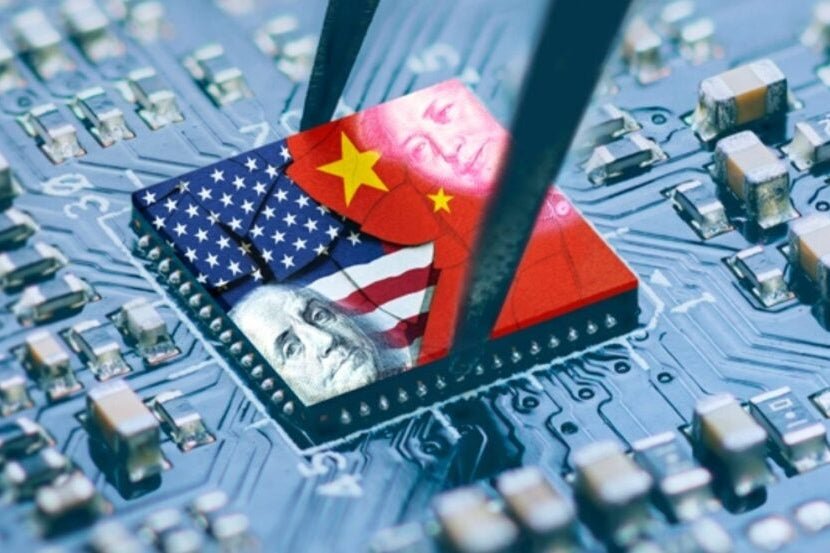The U.S. administration has successfully convinced Dutch chip equipment producer ASML Holding NV to halt some of its pre-planned exports to China. This intervention took place weeks before the enforcement of stricter Dutch regulations on high-end chipmaking equipment exports in January.
The U.S. President Joe Biden’s administration sought ASML’s cooperation in stopping the shipments of certain machines to Chinese clients as a strategy to impede Beijing’s progression in its own advanced semiconductor industry. ASML, the sole manufacturer of this specific technology, had licenses to export three top-of-the-line deep ultraviolet (DUV) lithography machines to China until the new regulations were implemented.
These machines are crucial for the production of semiconductors, which are essential components in a wide variety of devices, from smartphones to advanced military equipment. While a number of shipments were called off upon the U.S. request, the exact number of affected units, which are worth tens of millions of dollars each, remains undisclosed.
ASML’s CEO, Peter Wennink, has expressed concern that these measures might incite China to develop a competing technology. He pointed out that these new restrictions could affect up to 15% of ASML’s sales in China.
This move by the U.S. administration comes against the backdrop of a significant year for Huawei Technologies Co., which saw its revenue increase by 9% in 2023 despite U.S. sanctions. The Chinese tech giant’s revenue was boosted by a thriving smartphone sector and robust 5G equipment sales.
Meanwhile, NVIDIA Corp, the world’s leading chipmaker, was forced to market a stripped-down version of its premier gaming chip in China due to U.S. export controls. The U.S. administration’s latest action against ASML appears to be part of its strategy to limit China’s growing technological prowess. However, it could also inadvertently spur China to develop its own competing technologies.
Overall, this development highlights the ongoing technological competition between the U.S. and China, with both countries seeking to protect their industries and gain an edge in advanced semiconductor manufacturing. The consequences of these actions on the global tech landscape remain to be seen.





